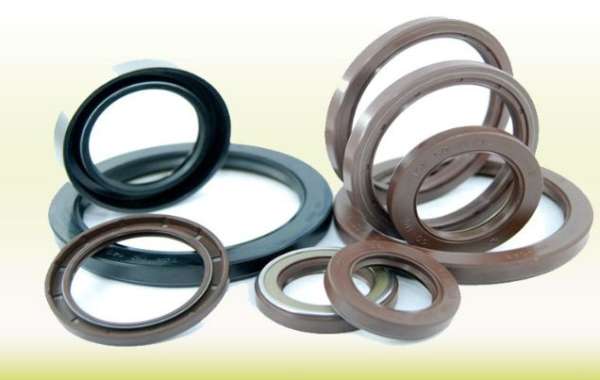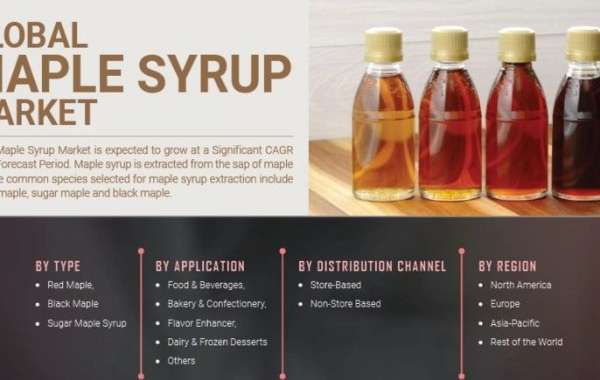Seals used in marine and offshore applications face unique challenges due to exposure to harsh environmental conditions, including saltwater, extreme temperatures, and high levels of humidity. These seals play a critical role in ensuring the integrity of various marine and offshore systems, preventing water ingress, and maintaining the efficiency and safety of equipment. Here are key considerations for seals in marine and offshore applications:
Types of Seals in Marine and Offshore Applications:
Shaft Seals:
- Applications: Used in propulsion systems, stern tubes, and thrusters to prevent water ingress and protect the propulsion components.
- Materials: Materials with high abrasion resistance, such as rubber or composite materials, are commonly used.
Hatch Seals:
- Applications: Seals for watertight and weathertight hatches on ships and offshore structures.
- Materials: Elastomers with good weather resistance and durability are chosen to withstand marine conditions.
O-rings and Gaskets:
- Applications: Used in various connections, flanges, and joints across marine and offshore systems.
- Materials: Depending on the application, materials may include Nitrile (NBR), Fluoroelastomer (FKM), or other elastomers with resistance to seawater and chemicals.
Pneumatic and Hydraulic Seals:
- Applications: Seals used in hydraulic and pneumatic systems for offshore drilling equipment, winches, and crane systems.
- Materials: High-performance materials such as Polyurethane (PU) or Fluorocarbon (FKM) are chosen for their durability and resistance to marine environments.
Valve Seals:
- Applications: Seals in valves and actuators used in marine and offshore systems for controlling fluid flow.
- Materials: Depending on the fluid and environmental conditions, materials may include rubber, thermoplastics, or high-performance elastomers.
Cable and Pipe Seals:
- Applications: Seals for cable entries and pipe penetrations in the hull of ships and offshore structures.
- Materials: Elastomers with good flexibility and resistance to saltwater are commonly used.
Key Considerations for Marine and Offshore Seals:
Corrosion Resistance:
- Seals in marine and offshore applications must be resistant to corrosion caused by exposure to saltwater. Materials with corrosion-resistant properties, such as stainless steel or coated elastomers, are often used.
Seawater Resistance:
- Seals must be capable of withstanding prolonged exposure to seawater without degradation. Materials chosen for their resistance to seawater include EPDM, Nitrile, and certain types of Fluoroelastomers.
Weather Resistance:
- Seals exposed to the marine environment must have excellent weather resistance to withstand UV radiation, temperature fluctuations, and other atmospheric conditions.
Abrasion Resistance:
- Seals in marine and offshore systems may be subject to abrasion from particles in the water. Choosing materials with high abrasion resistance is crucial for the longevity of seals.
Pressure Resistance:
- Seals in underwater applications or deep-sea equipment must be designed to withstand high pressure. Proper material selection and seal design are critical to prevent water ingress under high-pressure conditions.
Temperature Extremes:
- Marine and offshore environments can experience extreme temperatures. Seals must be capable of functioning effectively in both cold and hot conditions, maintaining flexibility and sealing integrity.
Buoyancy and Flotation:
- Seals used in buoyancy or flotation applications, such as life rafts or offshore structures, should be designed to maintain their sealing properties while also providing buoyancy.
Subsea Applications:
- Seals used in subsea equipment, such as oil and gas subsea connectors, must be capable of withstanding submersion in seawater and high-pressure conditions. Materials must also resist degradation from hydrocarbons and other fluids.
Compliance with Industry Standards:
- Marine and offshore seals must comply with industry standards and regulations, including those set by classification societies like the International Maritime Organization (IMO) or the American Bureau of Shipping (ABS).
Long Service Life:
- Given the challenging conditions in marine and offshore environments, seals must be designed for a long service life to minimize maintenance requirements and ensure the reliability of equipment.
Ease of Installation and Maintenance:
- Seals should be designed for ease of installation during the manufacturing process and for ease of maintenance during the operational life of the equipment. This is particularly important for components that may require periodic inspection or replacement.
Material Compatibility with Fluids:
- Seals used in hydraulic and pneumatic systems must be compatible with the specific fluids used in these systems. Material selection should consider the exposure to hydraulic fluids, lubricants, and other media.
By addressing these considerations, engineers and designers can select seals that are well-suited to the demanding conditions of marine
See more






